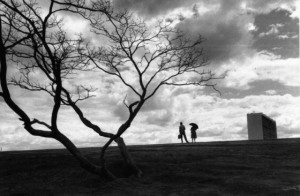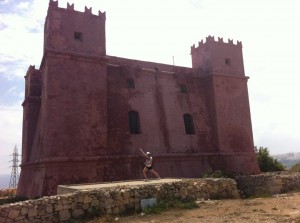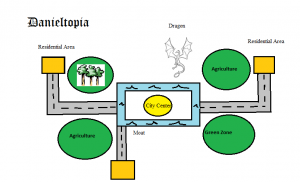I have chose to write my final paper on the influence the values of the scientific revolution, as propagated throughout the enlightenment, catalyzed major change in the realm of urban planning. To this end the ideas and case studies i’ve chosen have all been ones that directly deal with science, and it’s pervasive influence over the development of both 18th,19th, and 20th century conceptualizations of urban environments. One such theory i came across that i found both extremely important as it is a theory only 50 years old, is that of New Environmentalism.
New Environmentalism is significant, especially in terms of Sciences influence over its development, because it was a theory, that in no way can be misconstrued as not being completely developed on the basis of scientific ideology and methodology. Thus, New Environmentalism, a radical theory of urban planning that developed in the 1960’s argued that science held the solution to the social and economic problems that had pervaded 20th century, in this context, specifically American urban environments. Further, its significant as Bradbury points out that such a theory highlights the hegemonic role of both scientists and scientific pragmatism that had penetrated so deeply 20th century society.
This theory held that study of biology and psychology had yielded positive results regarding the casual influence of physical environments over social phenomena. Therefore, its goals were to determine a science of behaviour and act using these ideals to solve social problems through objective scientifically designed design formula. In essence, the idea was that changing the physical environments of urban inhabitants, by using ideas founded on scientific principles would solve the social ills of modern society. They even used studies involving mice and other lab animals to prove that in reality such a theory, founded on biological principles would yield positive results in urban environments. Things that were especially important in this American context were things like industrial alienation, Ghettoization, and racism, and it was argued, that these ideas, along with a comprehensive research and development program spearheaded by the US government and once again founded on scientific principles, would solve the major issues facing American society.
I do though think, that doing tests in labs, and arguing over scientific theory, ignores in many way the basic unit that should be studied, the human being itself. Just because a lab animal reacts in such a manner, does not mean the brain of a human will do the same. It just seems in some ways, rather foolish to argue that simply science and science alone with solve the problems of our Urban Environments. Yes Psychology, and Biology are valuable tools in understanding social phenomena, but there are also non scientific disciplines and elements that must be taken into account. How can science really lead to fostering a sense of community, and thus urban harmony? and it what ways does science really give us accurate knowledge. Once again this is a theory, a construct, and one that has since been disproven, thus what validity to scientific theories hold once they no longer are purported to be accurate? Also such a theory was focused on design formula alone, once again ignoring many of the other features that contribute to creating harmonious urban environments.
So i ask you. What role does and should science hold within the Urban Planning profession? Can well articulated and studied theories solve the social problems of society, or are scientists wasting there time? What about New Environmentalism, do you believe that such an idea is plausible, how much effect does urban design formula alone hold over there populations? Is science the answer, and if not, what is? WHAT DO YOU THINK?







